The 7 principles of universal design
Robin Christopherson | 04 Oct 2022At AbilityNet, we champion the imperative of accessible, inclusive design – design that creates technologies and online services that are open to every user. It’s also enlightening, however, to take a step back and explore some of the broader concepts of good, inclusive design that affects both the physical and virtual worlds.
Developed in 1997 by a working group of architects, product designers, engineers and environmental design researchers, the ‘7 principles of universal design’ aim to “guide the design process and educate both designers and consumers about the characteristics of more usable products and environments."
Looking for an affordable training course to teach you about the key aspects of web accessibility and inclusive design, relevant to web designers? We have an online course coming up, group bookings available, or buy the recording on demand.
Principle 1: Equitable Use
The design is useful and marketable to people with diverse abilities.
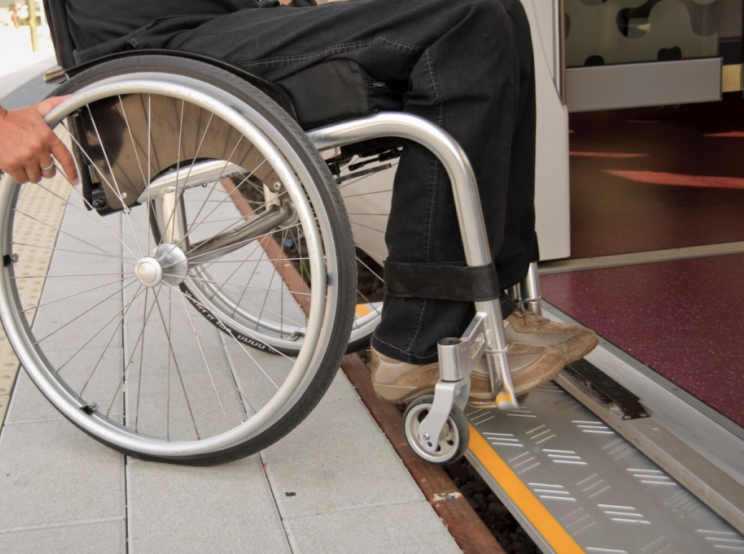
Guidelines:
- 1a. Provide the same means of use for all users: identical whenever possible; equivalent when not.
- 1b. Avoid segregating or stigmatizing any users.
- 1c. Provisions for privacy, security, and safety should be equally available to all users.
- 1d. Make the design appealing to all users.
Principle 2: Flexibility in Use
The design accommodates a wide range of individual preferences and abilities.
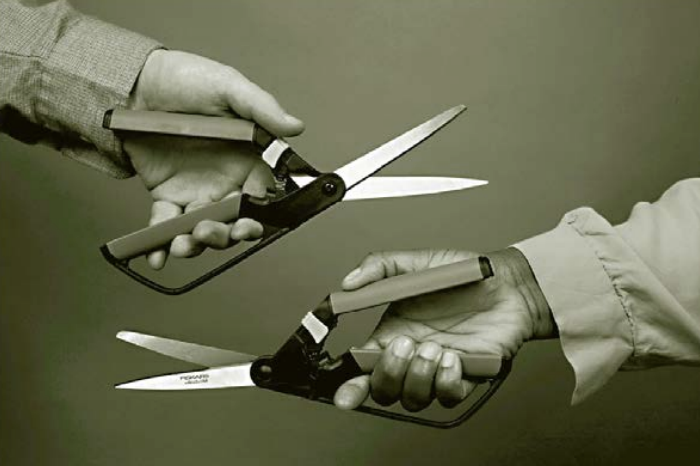
Guidelines:
- 2a. Provide choice in methods of use.
- 2b. Accommodate right- or left-handed access and use.
- 2c. Facilitate the user's accuracy and precision.
- 2d. Provide adaptability to the user's pace.
Principle 3: Simple and Intuitive Use
Use of the design is easy to understand, regardless of the user's experience, knowledge, language skills, or current concentration level.
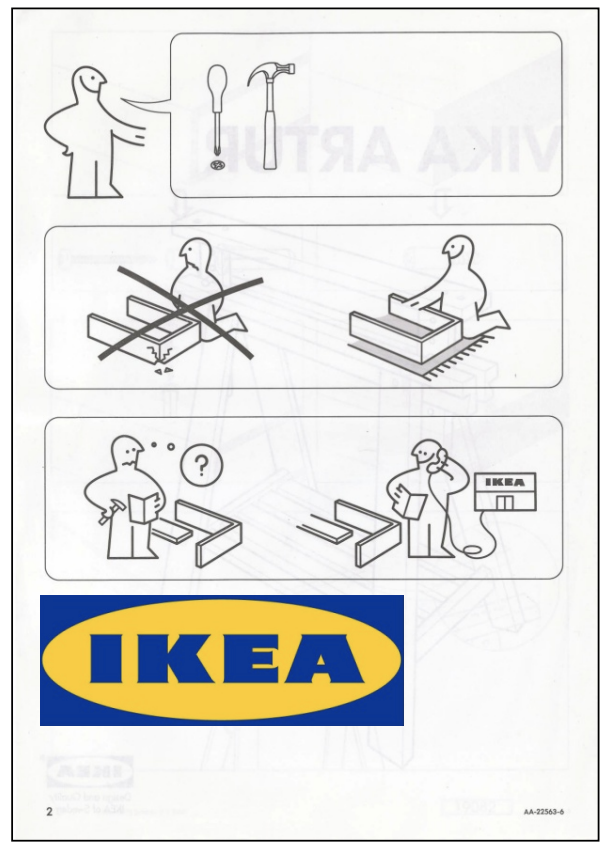
Guidelines:
- 3a. Eliminate unnecessary complexity.
- 3b. Be consistent with user expectations and intuition.
- 3c. Accommodate a wide range of literacy and language skills.
- 3d. Arrange information consistent with its importance.
- 3e. Provide effective prompting and feedback during and after task completion.
Principle 4: Perceptible Information
The design communicates necessary information effectively to the user, regardless of ambient conditions or the user's sensory abilities.
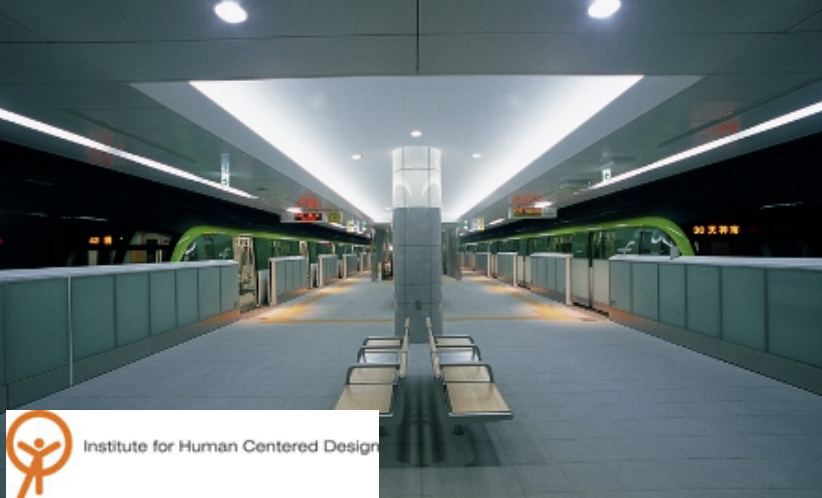
Guidelines:
- 4a. Use different modes (pictorial, verbal, tactile) for redundant presentation of essential information.
- 4b. Provide adequate contrast between essential information and its surroundings.
- 4c. Maximize "legibility" of essential information.
- 4d. Differentiate elements in ways that can be described (i.e., make it easy to give instructions or directions).
- 4e. Provide compatibility with a variety of techniques or devices used by people with sensory limitations.
Principle 5: Tolerance for Error
The design minimizes hazards and the adverse consequences of accidental or unintended actions.

Guidelines:
- 5a. Arrange elements to minimize hazards and errors: most used elements, most accessible; hazardous elements eliminated, isolated, or shielded.
- 5b. Provide warnings of hazards and errors.
- 5c. Provide fail safe features.
- 5d. Discourage unconscious action in tasks that require vigilance.
Principle 6: Low Physical Effort
The design can be used efficiently and comfortably and with a minimum of fatigue.
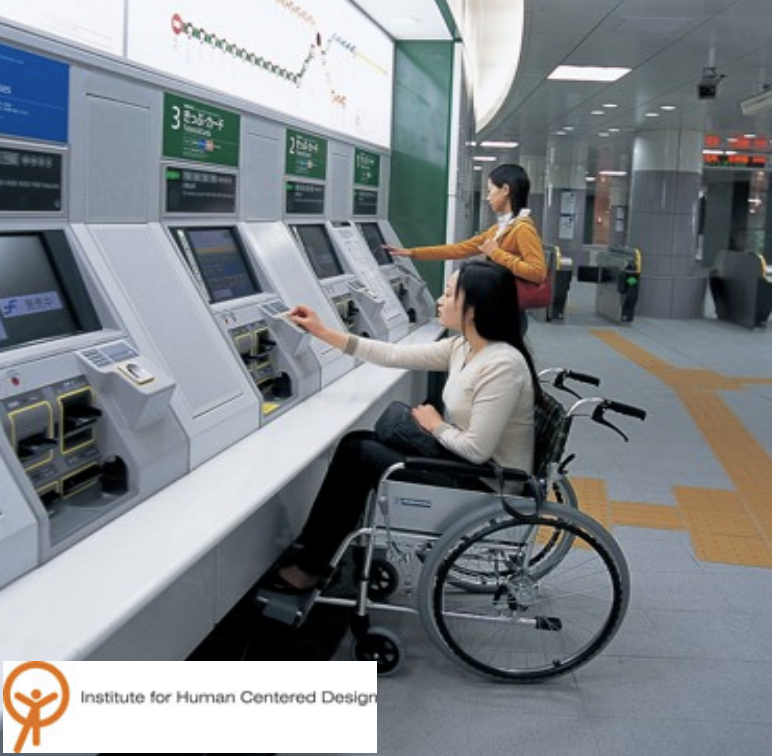
Guidelines:
- 6a. Allow user to maintain a neutral body position.
- 6b. Use reasonable operating forces.
- 6c. Minimize repetitive actions.
- 6d. Minimize sustained physical effort.
Principle 7: Size and Space for Approach and Use
Appropriate size and space is provided for approach, reach, manipulation, and use regardless of user's body size, posture, or mobility.
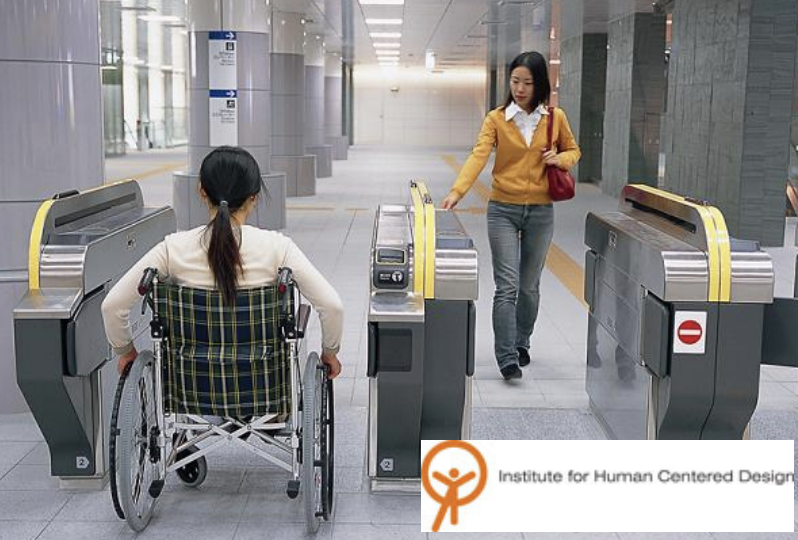
Guidelines:
- 7a. Provide a clear line of sight to important elements for any seated or standing user.
- 7b. Make reach to all components comfortable for any seated or standing user.
- 7c. Accommodate variations in hand and grip size.
- 7d. Provide adequate space for the use of assistive devices or personal assistance.
NB - Images used from Institute for Human Centred Design document / universaldesign.ie.
Find out how we can help you build a culture where everyone belongs
A focus on disability inclusion in the workplace is a strategic imperative from a moral and legal standpoint. AbilityNet can support you in building a workplace that is inclusive by design and uses technology to enable all employees to perform at their best.
We have a range of HR and workplace-related courses, available on demand or in person:
- How to Develop Accessible, Inclusive Recruitment
- How to Develop Accessible, Inclusive Onboarding
- How to run accessible, inclusive meetings and events on Zoom, Microsoft Teams and more
You can find out further information about embedding accessibility, gap analysis and our training courses in our workplace services brochure.
Download a workplace services brochure
Further resources
- Case studies and examples of universal design
- Learn more about how to make your workplace more inclusive
- Keep up to date with accessibility issues with the AbilityNet newsletter
- Find out more about AbilityNet's free live webinar events
- Unsure where to start with digital accessibility? Speak to our experts for help.
AbilityNet provides a range of free services to help disabled people and older people. If you can afford it, please donate to help us support older and disabled people through technology



